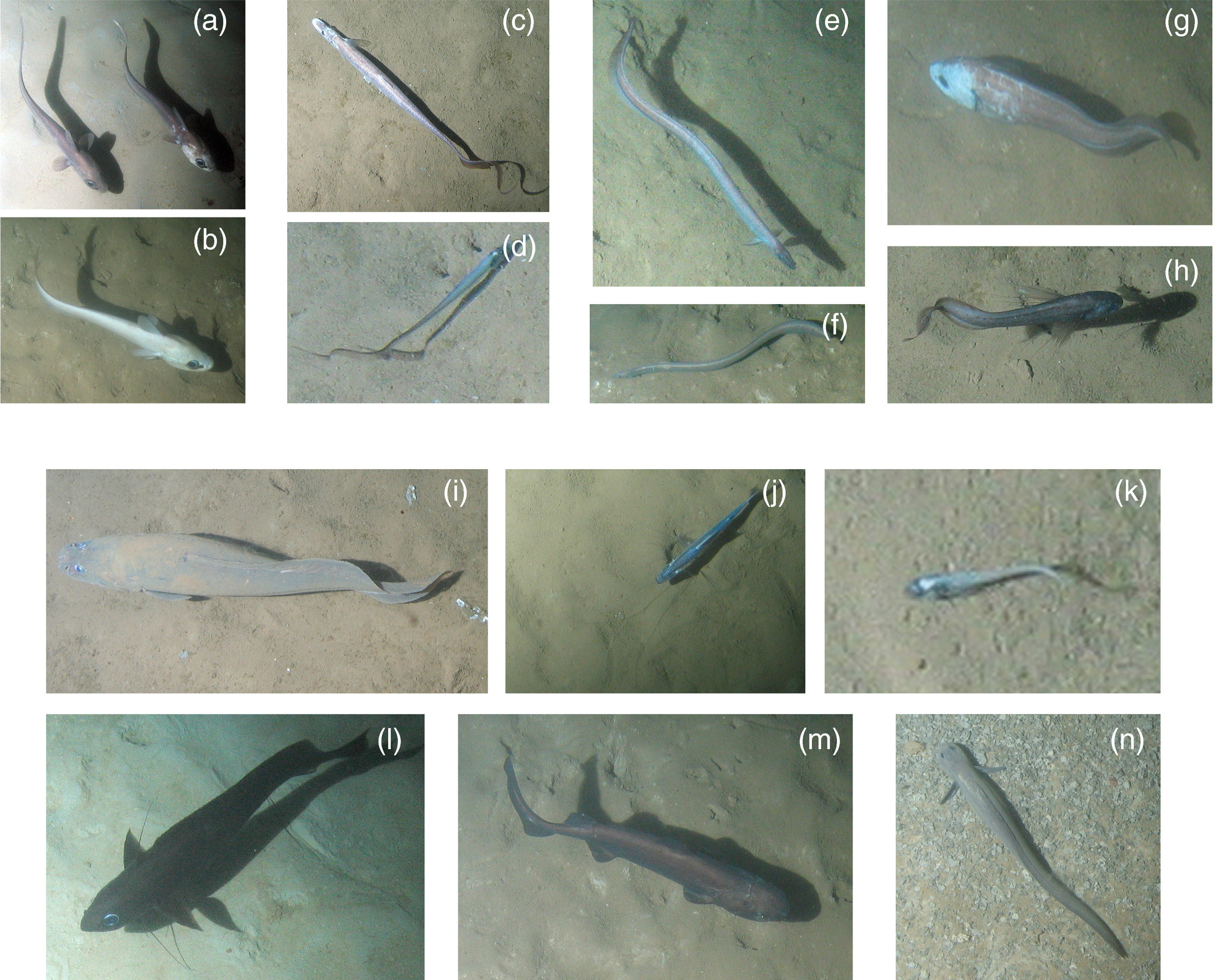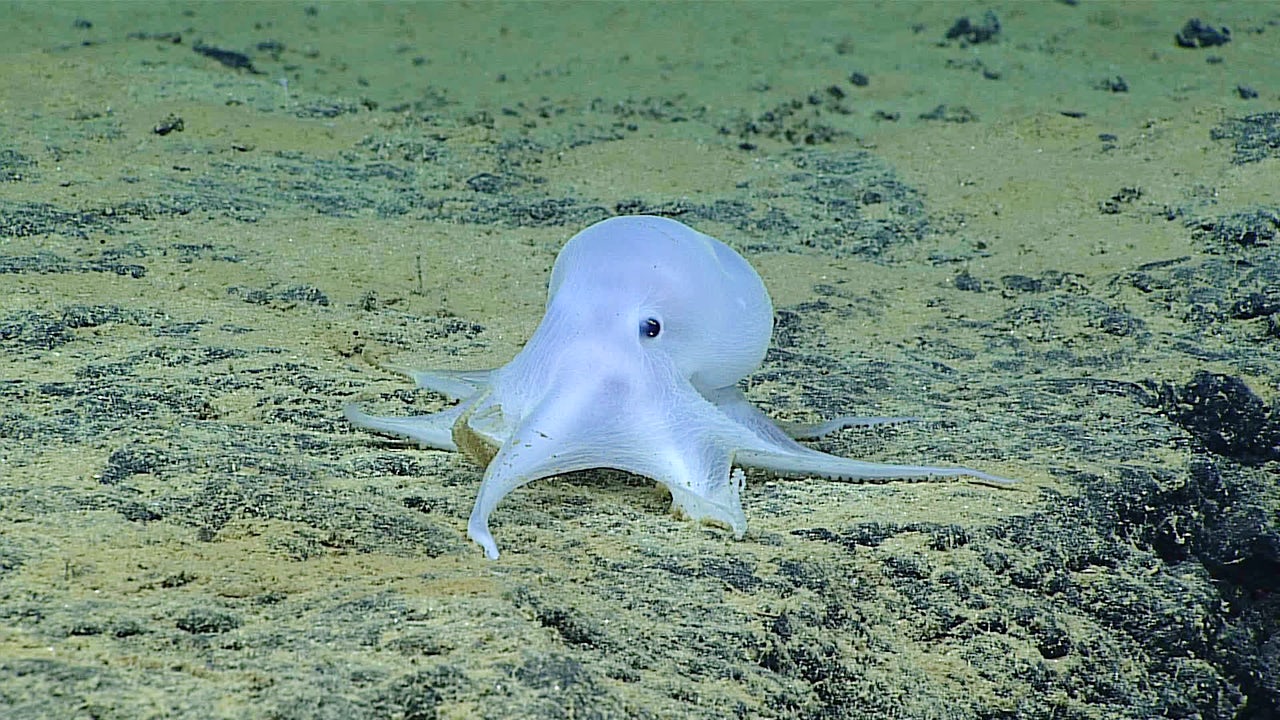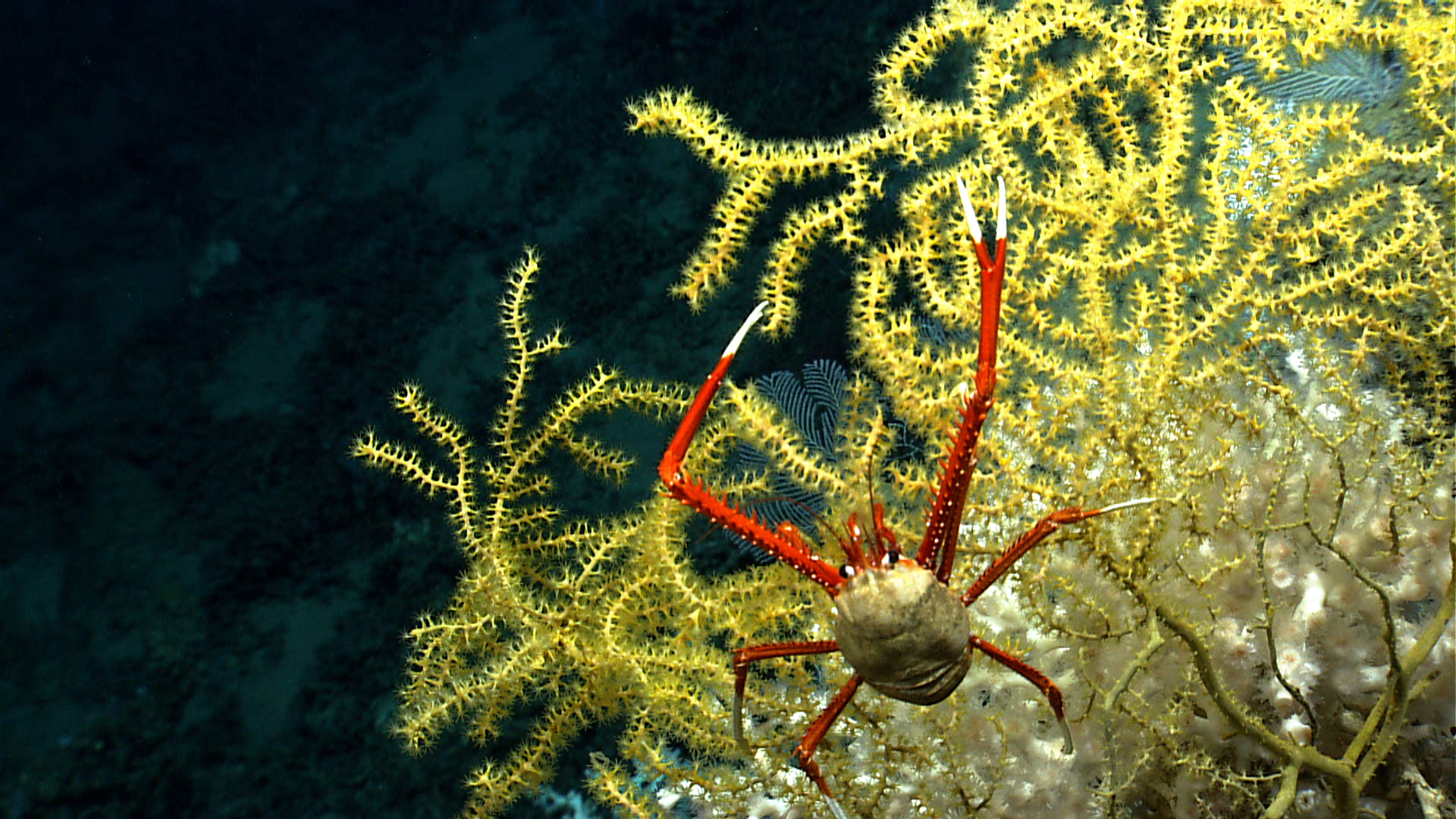In the early days of exploration, the deep-sea was thought to be largely devoid of life, a vast empty plain of mud wrapped around the world, too deep for living organisms to survive. But the more humans explore, the more life we discover in increasingly unexpected places, from the boiling water of hydrothermal vents, to hypersaline brine pools, to even within volcanic rocks buried far below the seafloor.
This month, scientists announced the first observations of large-scale multi-species deep-sea migration of fish off the coast of Angola.
In “Evidence for seasonal cycles in deep-sea fish abundances: a great migration in the SE Atlantic?” a research team from the US and UK documented seasonal patterns in fish populations at 1400 meters depth. While seasonal migration patterns in the deep sea have been suspected, this is the first instance where these patterns were directly observed.
Tracking deep-sea fish is a challenging prospect. Unlike on land, where mark recapture and tag and track studies can provide a high-resolution analysis of the movement of animals across a landscape, the unforgiving conditions of the deep ocean do not lend themselves to these kinds of studies. Instead, the researchers used two deep-sea observatories–fixed platforms on the sea floor that record data and capture images. They then analyzed over 12,000 images taken over the course of more than seven years to illuminate seasonal patterns of movement across the seafloor.
Seasonal variation was strongly correlated with surface primary production–fish were more abundant four months after peaks in plankton abundance at the surface. But, tellingly, fish abundance increased quickly and consistently, suggesting that rather than cueing to a signal from the surface, fish migration into the area was a consistent behavioral pattern, not a response to surface signals. This would be the first documentation of large-scale horizontal migration of fish in the deep sea.
Though far from a barren desert, the density of megafauna in the deep sea is still relatively low. Of the 12,700 images the researchers analyzed, only 500 actually contained a fish.
What does this mean for the deep-sea mining industry? While these are preliminary results exploring a region relatively close to shore, it points towards phenomena that may be prevalent across the deep ocean. Migratory patterns could add a new temporal component to environmental impact assessments and management plans. Extraction during non-migration seasons could potentially carry lower environmental risks than extraction conducted in the midst of a vast deep-sea migration. It also further illustrates that the deep abyssal plain, once considered uniform and larger depauperate, is tantalizingly complex.
Featured Image: Example images of the fish morphotypes observed from each family during the study. From Milligan et al. 2020.




